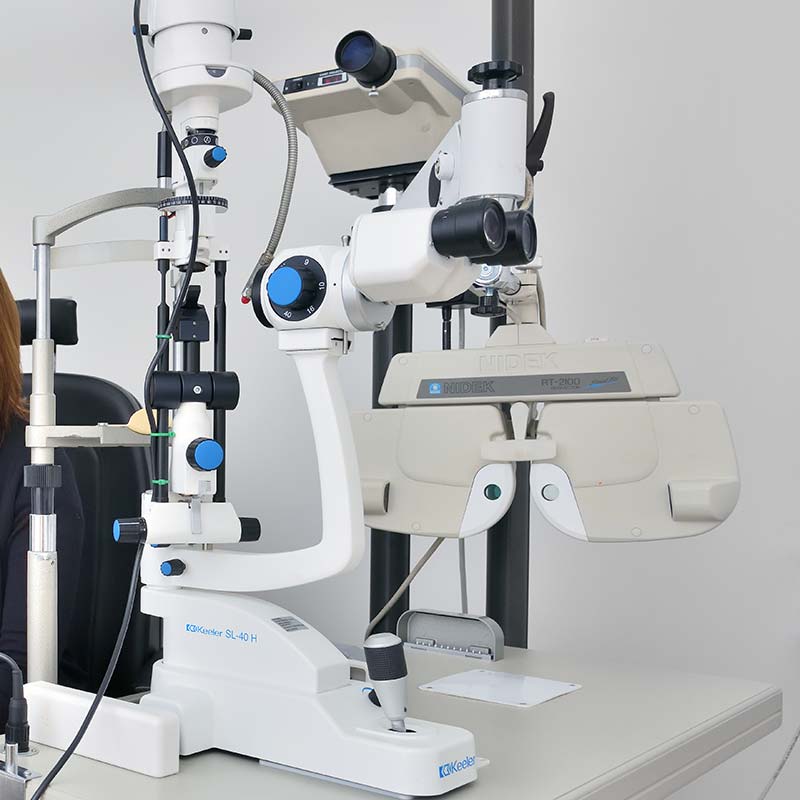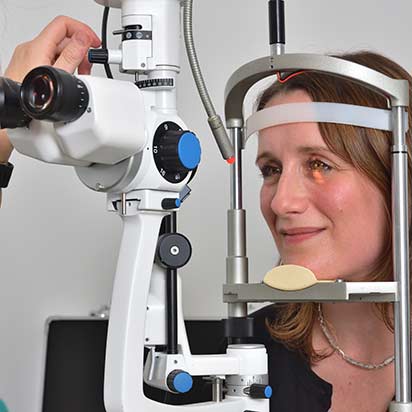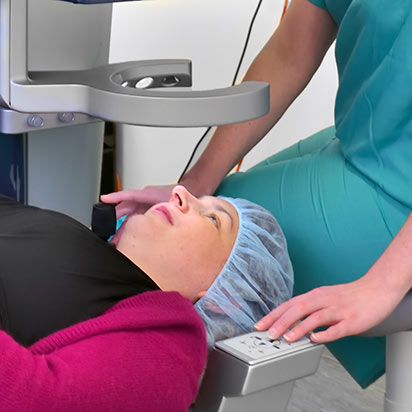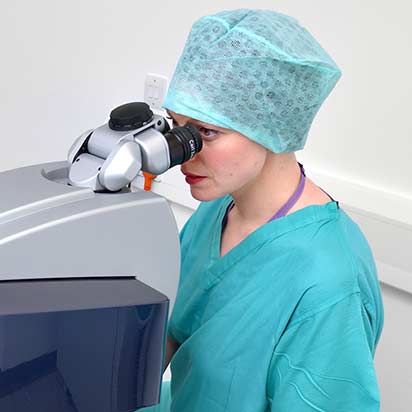- 08008 20 20 80
Menu
Menu

Cataract surgery is a proven effective treatment for cataracts. Cataracts are a very common condition, which occur when the clear lens inside your eyes starts to turn cloudy. Cataracts are related to ageing, and usually affect both eyes, but to different extents.
There are two types of cataract: nuclear sclerosis cataracts turn the lens yellow and your colour vision changes, plus you’ll need to change glasses as you become more short-sighted.
The only effective treatment for cataracts is surgical removal and replacement with an artificial lens implant. Modern cataract surgery has been refined over 70 years and is now a very safe procedure with a success rate of more than 99%. At Laser Vision Scotland, our surgeons carry out more than 2,000 operations every year, and the majority of these procedures are cataract surgery.

As with laser eye surgery, if you’re having cataract surgery and want to reduce your reliance on glasses you may opt for multifocal cataract surgery. This option is also available to patients with significant astigmatism.
To get the most out of multifocal cataract surgery, your eyes have to be in good health, with no sign of macular degeneration or glaucoma. In suitable patients multifocal lenses have a high success rate and high levels of patient satisfaction after cataract surgery.


Consultation: £180
Scans: £202
Cataract surgery (monofocal lenses): £2500
Total: £2892*
Consultation: £180
Scans: £202
Cataract surgery (Trifocal lenses): £3900
Total: £4092*
At your initial assessment we’ll carry out a number of extensive eye tests to determine if you are suitable for cataract surgery, and what type of surgery is best for you.
During the consultation you’ll get to meet your surgeon and ask as many questions as you like. We’ll give you plenty of pre-treatment advice and find a date for surgery that suits you.
During your consultation, one of our experienced optometrists will take you through a series of non invasive, painless diagnostic tests. This information will be used by your surgeon to determine the best treatment for your eyes.
At your initial assessment we’ll carry out a number of extensive eye tests to determine if you are suitable for cataract surgery, and what type of surgery is best for you.
During the consultation you’ll get to meet your surgeon and ask as many questions as you like. We’ll give you plenty of pre-treatment advice and find a date for surgery that suits you.
During your consultation, one of our experienced optometrists will take you through a series of non invasive, painless diagnostic tests. This information will be used by your surgeon to determine the best treatment for your eyes.
Having your cataracts removed involves a half-day in our hospital, although the procedure itself only takes around 15-20 minutes. On arrival you’ll be offered either a private side room or a seating area in our day lounge. Drops are used to dilate the pupil of your eye, and your surgeon will visit you and ask you to sign some forms.
Cataract removal is usually carried out as a day-case under a local anaesthetic. During surgery your eye is numbed and you’ll lie on a bed looking at a bright light. You’ll see colours and movement, but will not be aware of any details of the procedure. If you think you’ll feel anxious about having surgery, we recommend asking your GP for some sedation first.
Once the anaesthetic has taken effect, your surgeon will make a tiny cut on the surface of your eye – either with a needle or a laser, depending on what type of surgery you’re having. A special ultrasound probe is then inserted and used to gently break down and remove the cloudy lens. Your new implant is introduced to the eye and carefully positioned. At the end of the procedure an antibiotic solution is infused into the eye to protect against infection.
Having your cataracts removed involves a half-day in our hospital, although the procedure itself only takes around 15-20 minutes. On arrival you’ll be offered either a private side room or a seating area in our day lounge. Drops are used to dilate the pupil of your eye, and your surgeon will visit you and ask you to sign some forms.
Cataract removal is usually carried out as a day-case under a local anaesthetic. During cataract surgery your eye is numbed and you’ll lie on a bed looking at a bright light. You’ll see colours and movement, but will not be aware of any details of the procedure. If you think you’ll feel anxious about having surgery, we recommend asking your GP for some sedation first.
Once the anaesthetic has taken effect, your surgeon will make a tiny cut on the surface of your eye – either with a needle or a laser, depending on what type of surgery you’re having. A special ultrasound probe is then inserted and used to gently break down and remove the cloudy lens. Your new implant is introduced to the eye and carefully positioned. At the end of the procedure an antibiotic solution is infused into the eye to protect against infection.
After surgery, a clear plastic shield is taped over your eye for one day to protect it. You can see through this straight away, though vision tends to be blurred for the first couple of days.
You’ll be given antibiotic drops to use for one week and steroid drops to use for four weeks. Cataract surgery is normally carried out on one eye at a time, around two weeks apart.
We’ll give you plenty of information about what type of activities you should avoid while your eyes are healing, as well as the contact details of your surgeon in case you have any questions or concerns.
After surgery, a clear plastic shield is taped over your eye for one day to protect it. You can see through this straight away, though vision tends to be blurred for the first couple of days.
You’ll be given antibiotic drops to use for one week and steroid drops to use for four weeks. Cataract surgery is normally carried out on one eye at a time, around two weeks apart.
We’ll give you plenty of information about what type of activities you should avoid while your eyes are healing, as well as the contact details of your surgeon in case you have any questions or concerns.
© 2019 Laser Vision Scotland. All rights reserved.